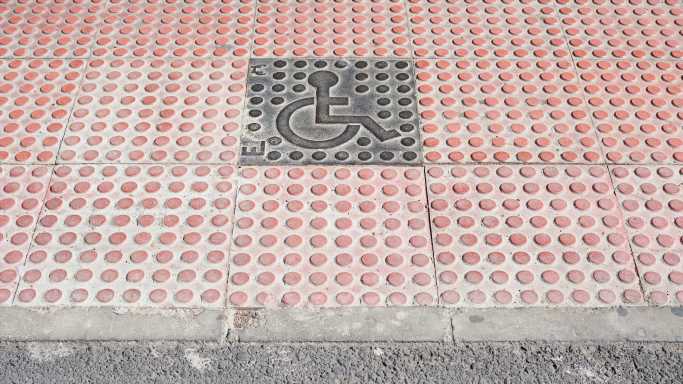According to the CDC, about 61 million adults in the U.S. live with a physical or mental disability. That’s just over a quarter of the adult population — and about 40% of those aged 65 or more. In addition, the U.S. Census Bureau pegs the number of children living with disabilities at more than three million, or 4.3% of the population under 18. (Rates are significantly higher for American Indian, Alaska Native, Black, and mixed race children.)
Disability rights have come a long way in the United States over the past 200 years. In the 1800s, when the country’s first school for the deaf was established and Braille was invented, people with disabilities were generally marginalized and often mocked or pitied, and considered unable to contribute to society.
Things began to change after World War I, when an estimated 200,000 veterans returned home with physical or mental disabilities, including lost limbs and “shell shock” or “war neurosis” (what we would call PTSD today). A former infantry officer named Robert S. Mark founded Disabled Veterans of the World War in 1920, and the DAV joined with the American Legion to lobby for government assistance for the disabled. (Today, these are the most popular veterans’ benefits in every state.)
The election of Franklin D. Roosevelt, our first (and thus far only) disabled president, in 1932 was another important milestone. Just a few years later, the League of the Physically Handicapped successfully protested against employment discrimination in (ironically) Roosevelt’s WPA. (These are labor laws your boss doesn’t want you to know about.)
Click here to see 26 landmark moments for disability rights in America
In more recent times, the Americans With Disabilities Act of 1990 and an amendment to the act passed in 2008 were landmarks in the movement for disabled rights. 24/7 Wall Street has created a timeline of some of the more significant moments in the movement by reviewing historical accounts of major pertinent events on numerous websites, including those of the Anti-Defamation League, the Library of Congress, and Temple University.
Source: Read Full Article
